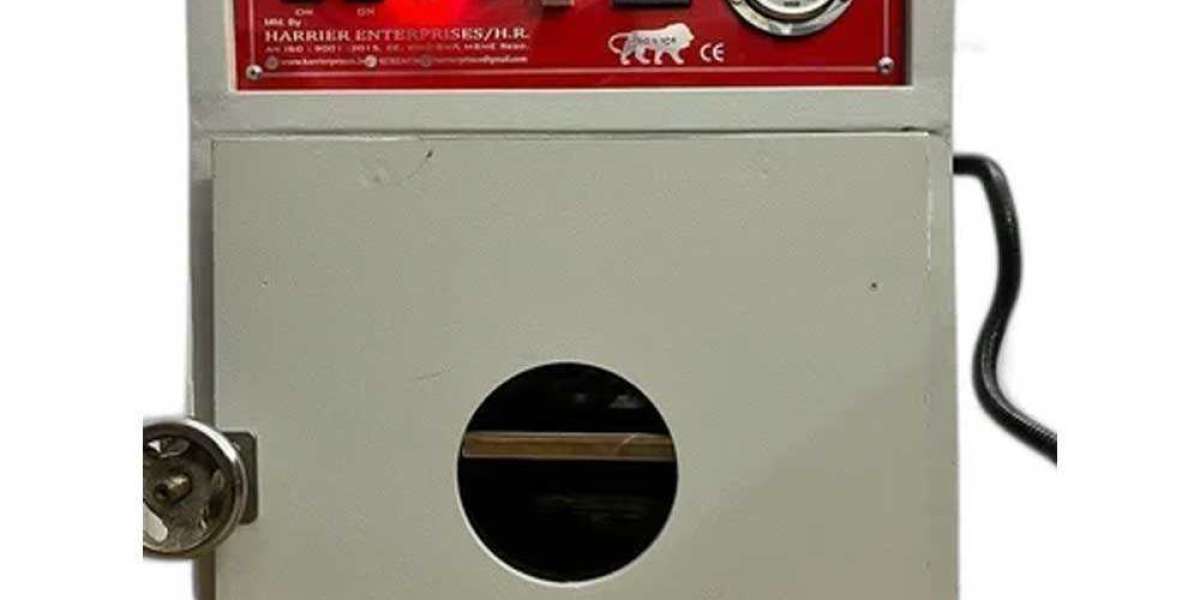In recent years, motion tracking cameras for surveillance have become an essential component of home and business security systems. These advanced devices not only monitor activities but also track movements, providing a higher level of safety and peace of mind. But how did we arrive at this point? Let’s delve into the evolution of these remarkable technologies.

Understanding Motion Tracking Technology
At its core, motion tracking technology utilizes sensors and algorithms to detect movement within a specified area. When an object moves, the camera captures the motion and can adjust its focus accordingly. This capability is particularly beneficial in surveillance, as it allows for real-time monitoring without the need for constant human oversight. Have you ever wondered how these cameras differentiate between a person and an animal? Advanced algorithms analyze the size, shape, and speed of moving objects, ensuring that only relevant activities trigger alerts.
Key Features of Modern Motion Tracking Cameras
Modern motion tracking cameras for surveillance come equipped with a variety of features that enhance their functionality:
- High-definition video quality: Many cameras now offer 1080p or even 4K resolution, providing crystal-clear images.
- Night vision: Infrared technology allows for monitoring in low-light conditions, ensuring 24/7 surveillance.
- Two-way audio: This feature enables communication through the camera, allowing users to interact with visitors or intruders.
- Cloud storage: Many systems now offer cloud-based storage options, ensuring that footage is securely saved and easily accessible.
Benefits of Using Motion Tracking Cameras for Surveillance
The integration of motion tracking cameras for surveillance into security systems offers numerous advantages:
- Enhanced security: By tracking movements, these cameras can alert homeowners to potential threats in real-time.
- Deterrent effect: The presence of visible cameras can discourage criminal activity.
- Remote monitoring: Users can access live feeds from their smartphones, providing peace of mind while away from home.
- Cost-effective: With the ability to monitor large areas, fewer cameras may be needed compared to traditional systems.
The Future of Motion Tracking Cameras
As technology continues to advance, the future of motion tracking cameras for surveillance looks promising. Innovations such as artificial intelligence and machine learning are expected to further enhance the capabilities of these devices. For instance, AI can improve object recognition, allowing cameras to distinguish between familiar faces and strangers. This could significantly reduce false alarms and increase the effectiveness of surveillance systems.
For those interested in exploring cutting-edge options, consider the  . This model exemplifies the latest advancements in motion tracking technology, offering features that cater to modern security needs.
. This model exemplifies the latest advancements in motion tracking technology, offering features that cater to modern security needs.
In conclusion, motion tracking cameras for surveillance represent a significant leap forward in security technology. By understanding their evolution and benefits, users can make informed decisions about their surveillance needs. As we look to the future, these devices will undoubtedly play an even more critical role in safeguarding our homes and businesses.








